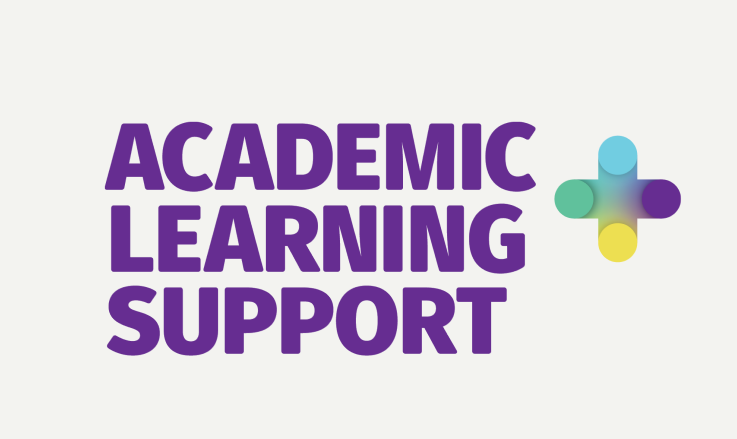How to plan an essay
Essay planning is an important step in academic essay writing.
Proper planning helps you write your essay faster, and focus more on the exact question. As you draft and write your essay, record any changes on the plan as well as in the essay itself, so they develop side by side.
One way to start planning an essay is with a ‘box plan’.
First, decide how many stages you want in your argument – how many important points do you want to make? Then, divide a box into an introduction + one paragraph for each stage + a conclusion.
| Introduction |
| Body paragraph 1 |
| Body paragraph 2 |
| Body paragraph 3 |
| Body paragraph 4 |
| Conclusion |
Next, figure out how many words per paragraph you'll need.
Usually, the introduction and conclusion are each about 10% of the word count. This leaves about 80% of the word count for the body - for your real argument. Find how many words that is, and divide it by the number of body paragraphs you want. That tells you about how many words each paragraph can have.
Remember, each body paragraph discusses one main point, so make sure each paragraph's long enough to discuss the point properly (flexible, but usually at least 150 words).
For example, say the assignment is
| "Discuss how media can influence children. Use specific examples to support your views. Word count: 1200." |
Fill in the table as follows:
|
Discuss how media can influence children. Use specific examples to support your views. |
1200 words |
|---|---|
| Introduction | 120 words |
| Body paragraph 1 | 240 words |
| Body paragraph 2 | 240 words |
| Body paragraph 3 | 240 words |
| Body paragraph 4 | 240 words |
| Conclusion | 120 words |
Next, record each paragraph's main argument, as either a heading or topic sentence (a sentence to start that paragraph, to immediately make its point clear).
|
Discuss how media can influence children. Use specific examples to support your views. |
1200 words | |
|---|---|---|
| Introduction |
|
120 words |
| Body paragraph 1 |
Argument Not all media can be treated as the same. |
240 words |
| Body paragraph 2 |
Argument Media can have beneficial outcomes. |
240 words |
| Body paragraph 3 |
Argument Media can also have harmful effects. |
240 words |
| Body paragraph 4 |
Argument Amount, type, variety and quality of content are all-important. |
240 words |
| Conclusion |
|
120 words |
Finally, use dot points to list useful information or ideas from your research notes for each paragraph. Remember to include references so you can connect each point to your reading.
|
Discuss how media can influence children. Use specific examples to support your views. |
1200 words | |
|---|---|---|
| Introduction |
1. General introduction statement 2. Thesis statement 3. Order of arguments |
120 words |
| Body paragraph 1 |
Argument Not all media can be treated as the same. Supporting ideas - There are many types of media/programs. - People use media in many different ways. - We can't assume it always has the same effects. - Media such as tablets give children active control over their consumption (reference). |
240 words |
| Body paragraph 2 |
Argument Media can have beneficial outcomes. Supporting ideas - A wide range of programs are tailored for children (reference). - A lot of media builds social skills or is educational (reference). - Media is a major way of introducing new themes and topics to a child's awareness. |
240 words |
| Body paragraph 3 |
Argument Media can also have harmful effects. Supporting ideas - Parents can't always monitor the child's consumption (amount or type). - Media can create peer pressure and/or feelings of entitlement (reference). - Overconsuming media reduces contact with real people (reference). |
240 words |
| Body paragraph 4 |
Argument Amount, type, variety and quality of content are all-important. Supporting ideas - Studies find no harmful effects from average consumption (references). - Studies find various harms from overconsumption/meaningless consumption (references). |
240 words |
| Conclusion |
1. Restate thesis 2. General conclusions 3. Final concluding statement |
120 words |
The other useful document for essay planning is the marking rubric.
This indicates what the lecturer is looking for, and helps you make sure all the necessary elements are there.

